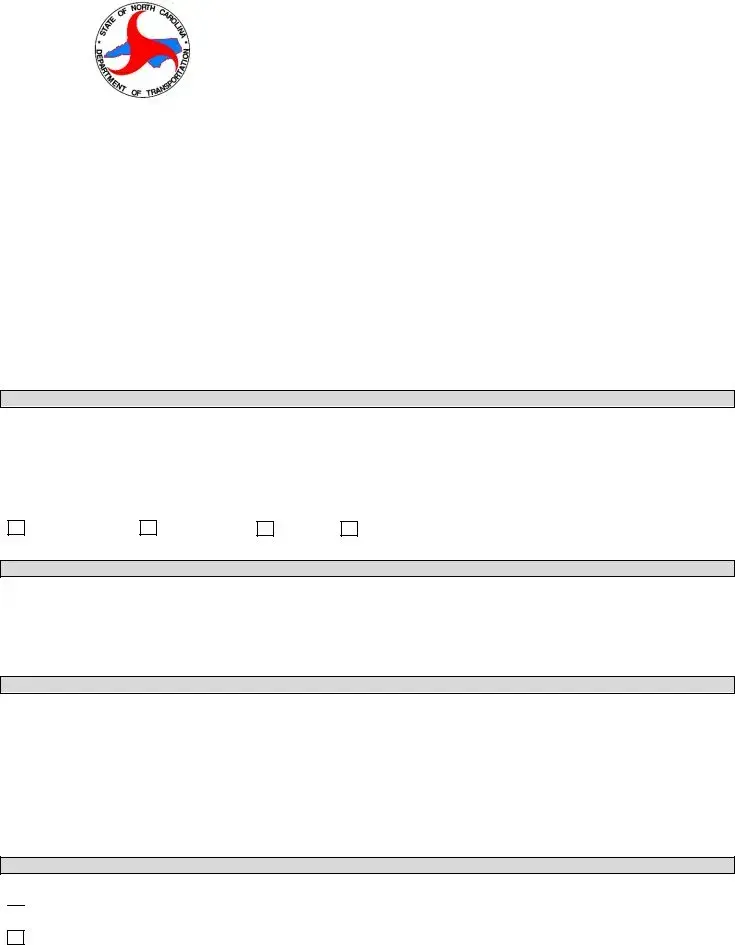The North Carolina PF-2 Form, an Annual Permit Application for Non-Divisible Qualifying Loads, shares several similarities with other regulatory documents, particularly those involved in permitting and regulatory compliance for transportation and heavy loads. These parallels encompass the structure, purpose, and specific information requirements tailored to ensure safe and legal transport operations.
Similar to the PF-2 Form, the Oversize/Overweight (OS/OW) Vehicle Permit Application used in various states is designed to manage the movement of loads exceeding standard legal dimensions or weight limits on public roads. Both documents collect detailed information about the vehicle, including license plate number, state of registration, and vehicle identification details, along with specific load descriptions to assess and grant permission for transport under special conditions.
The Federal Motor Carrier Safety Administration (FMCSRM)Motor Carrier Identification Report (MCS-150) parallels the PF-2 Form in gathering company identification and vehicle information for safety and regulatory purposes. While MCS-150 focuses on updating the Department of Transportation (DOT) number and fleet details for carrier safety management, the PF-2 Form collects company and vehicle data to issue permits for specific load transportations, linking them through their role in transport safety and compliance.
The Hazardous Materials Registration Statement, required for carriers transporting hazardous materials, and the PF-2 Form share a commonality in demanding detailed operational information for regulatory compliance and safety enhancement. Both necessitate business and vehicle specifics, underscoring their shared goal of ensuring safe transport practices, albeit for different types of loads.
The Special Mobile Equipment (SME) Permit Application, much like the PF-2, is tailored for vehicles that don't fit within standard vehicle classifications due to their unique construction for specific operations. These applications both require detailed descriptions of the vehicle or load, including dimensions and weight, to evaluate and authorize their movement on public roadways.
The Commercial Vehicle Pre-Trip Inspection Checklist serves a purpose akin to that of the illustration and information provided on the PF-2 Form regarding vehicle and load specifics. While the checklist is a tool for drivers to ensure vehicle safety before travel, the PF-2 Form collects similar detailed information upfront to facilitate safe transport conditions approved by regulatory bodies.
The Request for Permission to Operate in Excess Weight or Size, a document often required for special transport situations, captures vehicle and load information, similar to the PF-2 Form, to secure authorization for operating beyond standard legal restrictions. Both forms serve pivotal roles in managing road safety and infrastructure protection by regulating oversized or overweight load transport.
Finally, the International Registration Plan (IRP) Application, which facilitates the apportioned payment of commercial motor vehicle registration fees, shares similarities with the PF-2 in its collection of vehicle information, including details about the fleet and ownership. Both are integral to ensuring that vehicles engaged in specialized transportation adhere to jurisdictional regulations, contributing to safe and legal operations across state lines.


 Company Check / Cashier’s Check / Money Order payable to NCDOT (
Company Check / Cashier’s Check / Money Order payable to NCDOT (